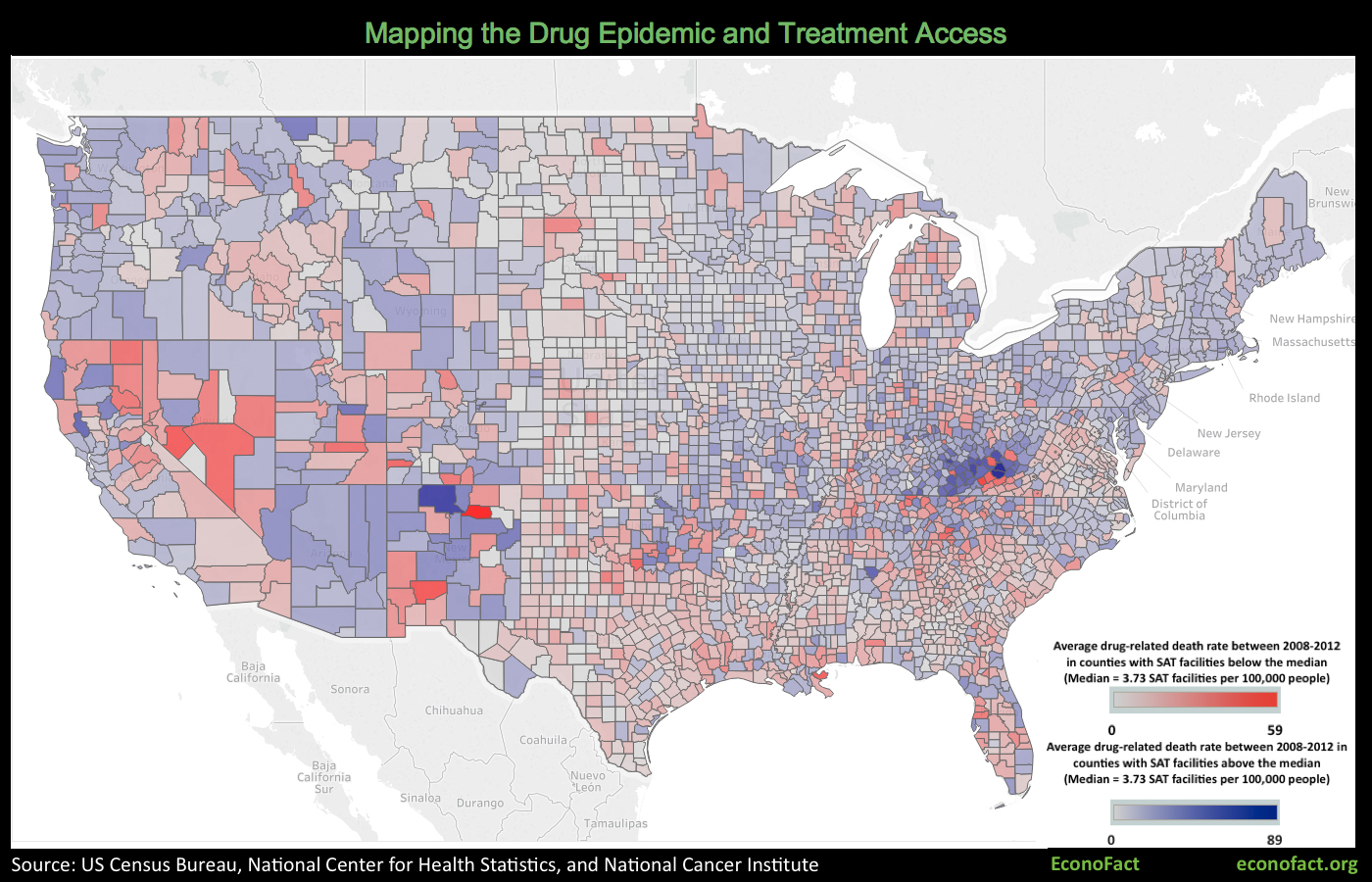Multimedia
MSU IRAEA Distinguished Visiting Scholalr and Professor Emeritus Gary Brester
"The Basel Accords, Capital Reserves, and Agricultural Lending"
IRAEA Undergraduate Scholar Alumni Spotlight: Athena Erickson
IRAEA 2020 Distinguished Lecturer, Christina Romer
Initiative for Regulation and Applied Economic Analysis Highlight Video
"Does Farm Size Matter?" IRAEA scholars author trending article on 2014 farm bill programs
"College Party Culture and Sexual Assault," American Economic Journal: Applied Economics
Mapping the Drug Epidemic and Treatment Access
By Isaac D. Swensen, Samuel R. Bondurant, and Jason M. Lindo·March 16, 2018
Texas A&M University and Montana State University
Fueled in part by a raging opioid epidemic, drug overdose deaths have surged in the United States since 1999. More people currently die from drug overdoses than from motor vehicle accidents, as drug-related deaths have become the leading category of fatalities due to external causes. Yet access to treatment remains extremely limited. Currently, only about 1 in 10 people who need treatment for a substance use disorder receive that treatment. But there is evidence that increasing access to treatment reduces drug-related deaths. Moreover, providing greater access to treatment can have a broader community impact by reducing crime.

(Click here for a larger interactive version. Hover over each county to see county-specific estimates.)
